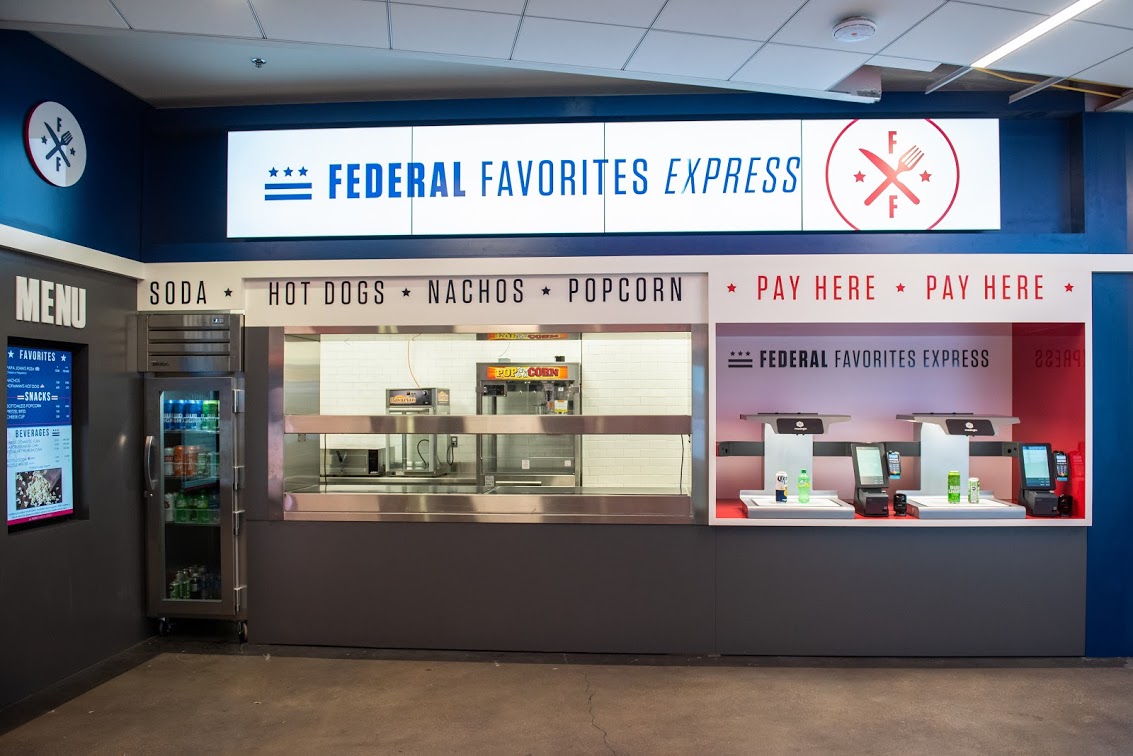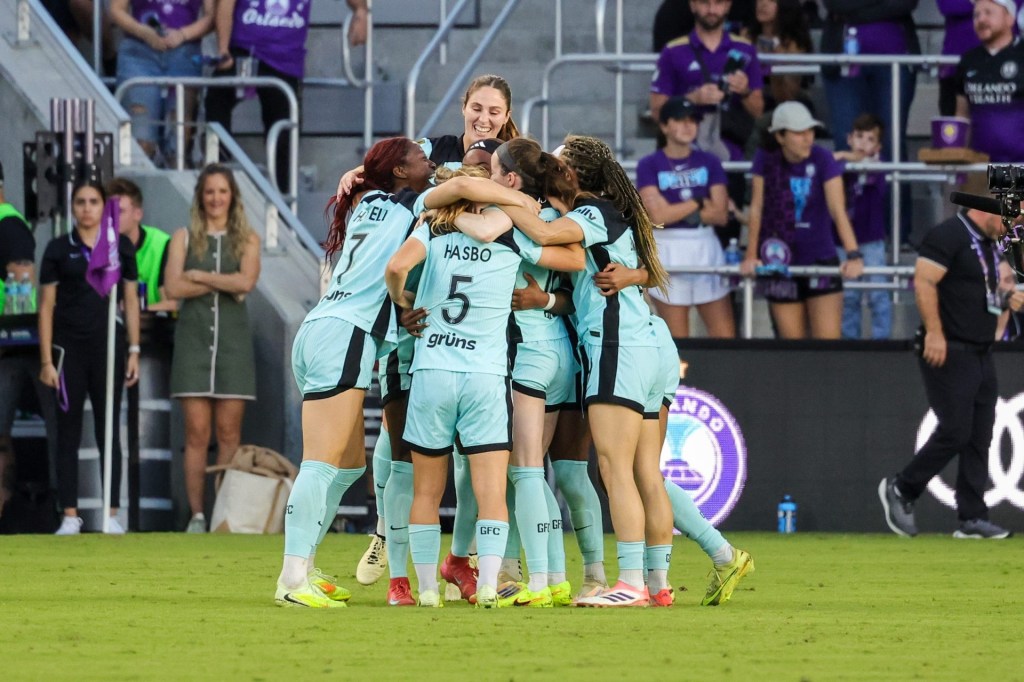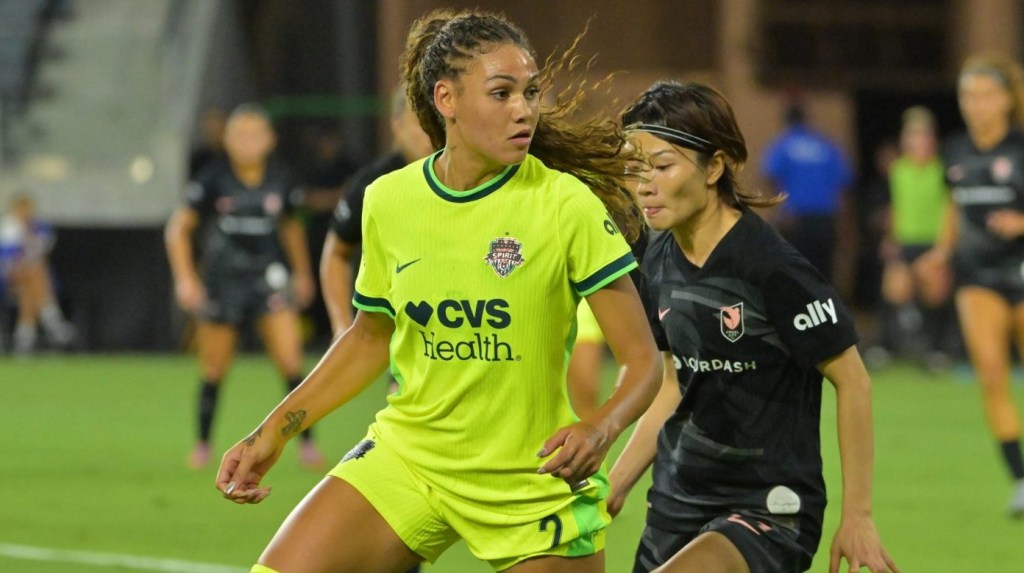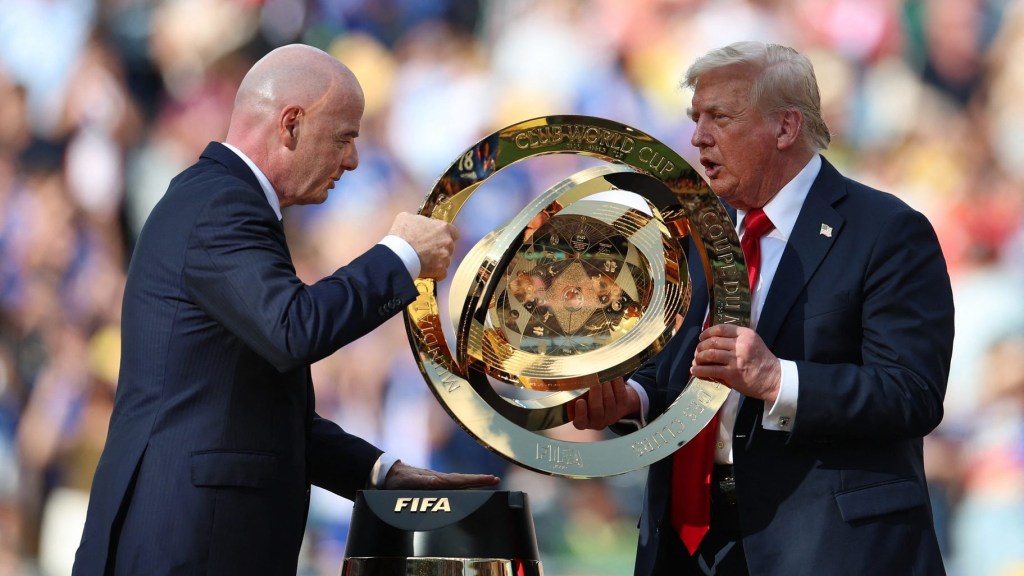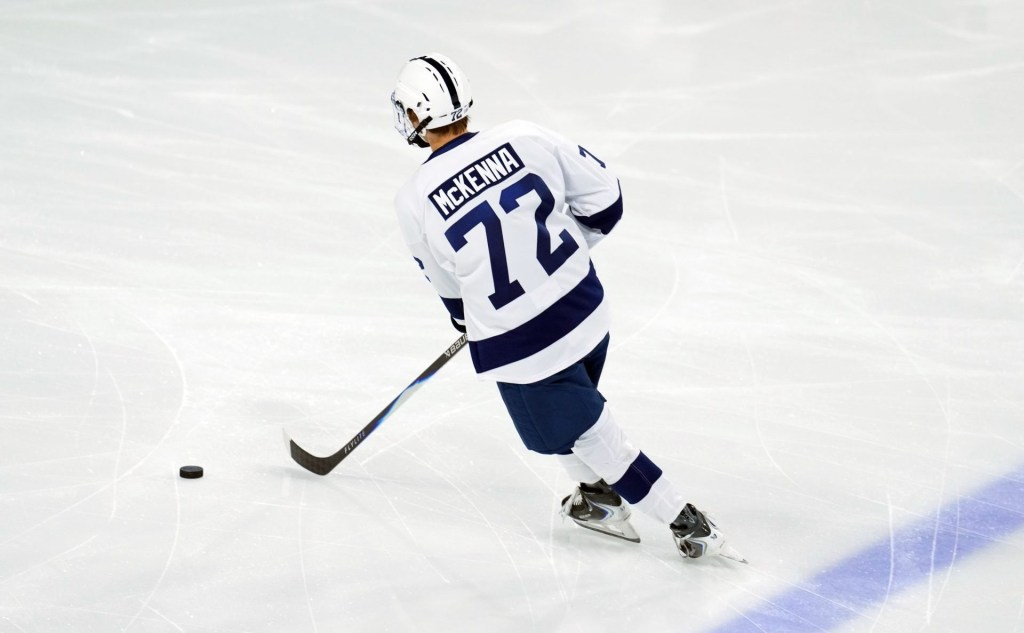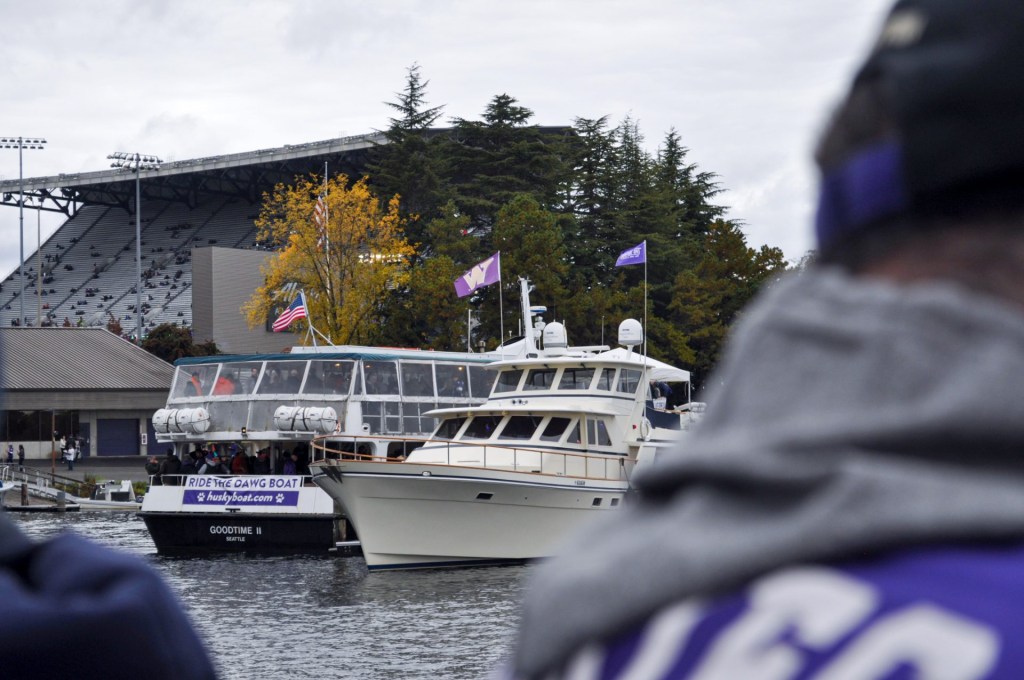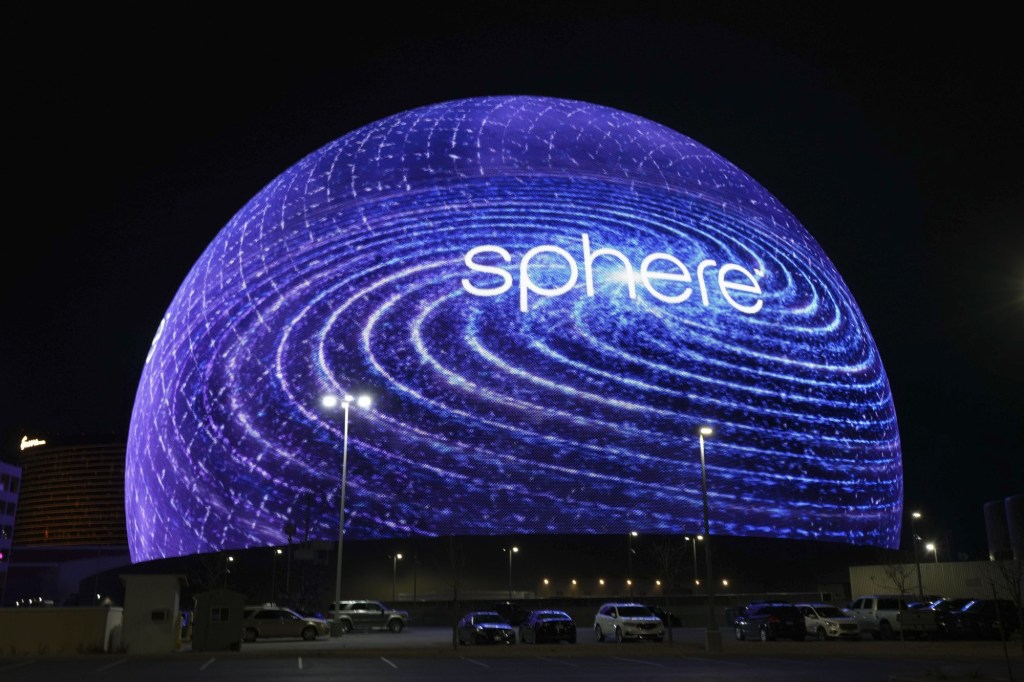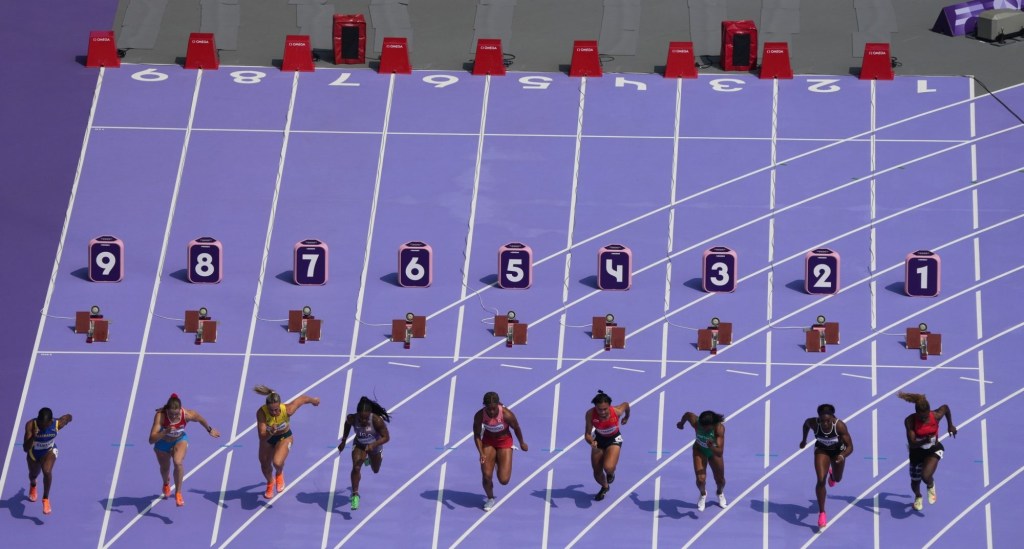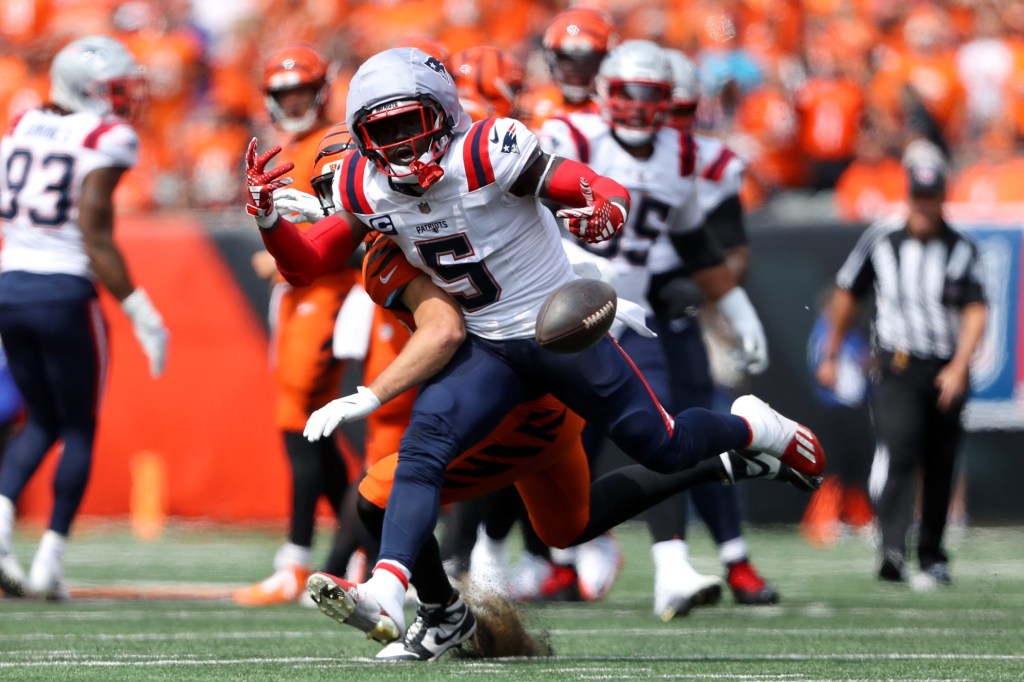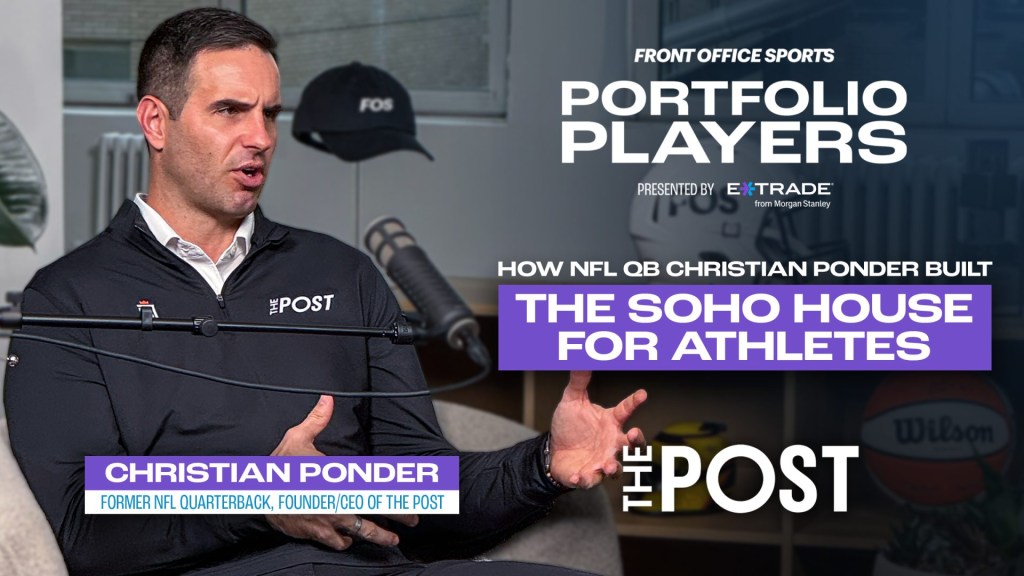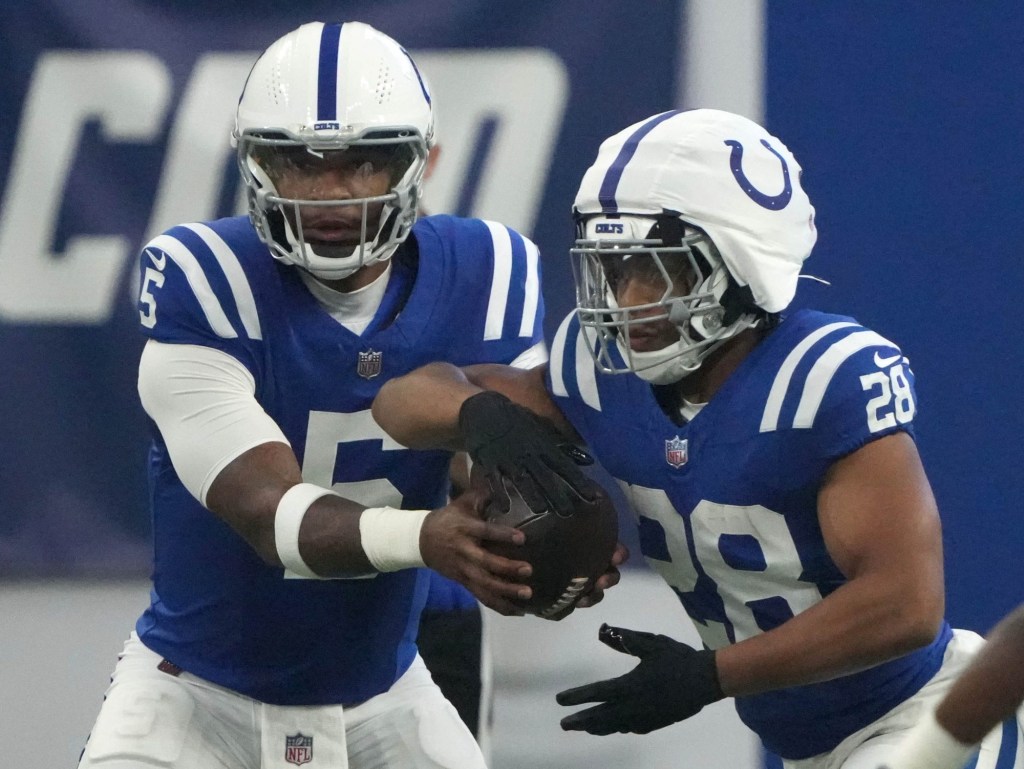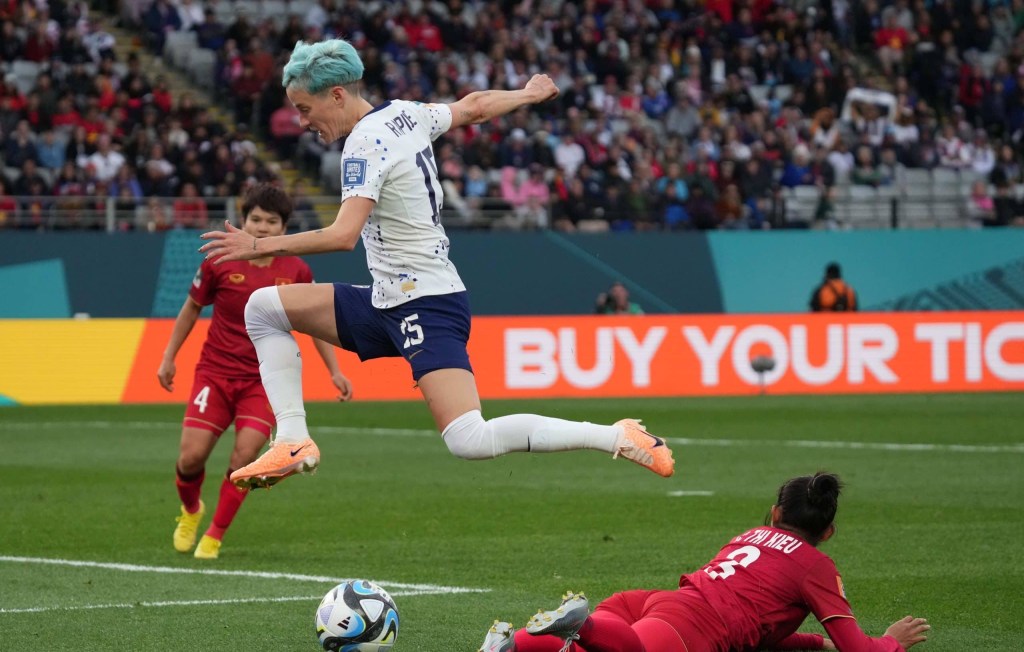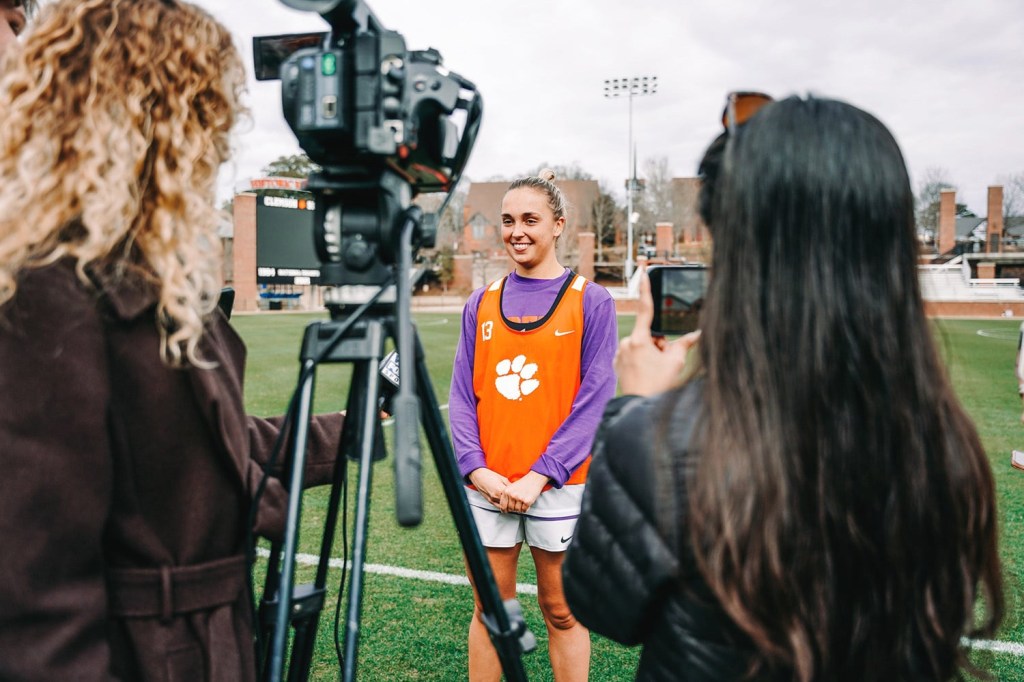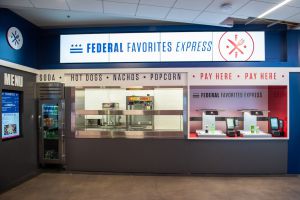
Photo via Aramark
Despite dealing with food and beverage, technology dominates sports executives’ concession predictions in 2019.
The past few years have seen concession stands trend toward more innovative food offerings, cheaper prices, and local options. Most executives dealing in concessions expect more of the same in 2019, but there’s a common theme of experimentation with serving fans quicker and more efficiently with technology.
Perhaps driving the quest for technology in concessions is the importance of time to consumers, said Carl Mittleman, president of Aramark Sports & Entertainment. Aramark is one of the major concession vendors in professional sports.
Mittleman pointed to several innovations at Capital One Arena in Washington, D.C., like the self-ordering kiosks, Pour Your Own Beer Wall and Federal Favorites Express, with the Mashgin Self-Serve technology.
“Time is becoming more and more important to the consumer, which is driving us to test technology, methods of service and overall offerings to meet the demand,” Mittleman said.
READ MORE: Tech Innovations and Highly Anticipated Discussions Cued Up at CES Sports Zone
Atlanta Hawks Executive Vice President Brett Stefansson agreed with Mittleman that kiosks will be more common, just as they are in the fast food industry. It’s all about getting fans through the lines and back to their seats.
“We’ll continue to see a push in every aspect on the tech side and what it means for quick and easy delivery to seats,” Stefansson said. “There will be a harder core look at kiosk ordering. You see that push in fast food service locations. There’s a lot of people talking and dipping of toes.”
There’s no one-size-fits-all solution when it comes to technology in stadium concessions, said Chris Bigelow, a concessions consultant. There will be continued experimentation with technology, he said, but there will be a fine balance.
“There for a while it was all about efficiency and how do you pre-wrap items and have it ready to go,” Bigelow said. “But people don’t mind waiting in line when it’s coming right out of the wood-burning oven.”
Among the most creative and newsworthy teams in concessions has been the Seattle Mariners, who will continue to look to appeal to more fans. The team responsible for the T-Mobile Park (formerly Safeco Field) concessions spends the winter visiting local restaurants for ideas, said Steve Dominguez, the regional vice president for vendor Centerplate at T-Mobile Park. Not to be left out of the technology predictions, Dominguez said the payment technologies will be further streamlined.
[mc4wp_form id=”8260″]
“We like to think that our offering at Mariners games is like operating a hyperlocal restaurant for thousands of fans at once,” Dominguez said.
“Local” has been a focus at stadiums and arenas across the country the past few years, but Dominguez’s “hyperlocal” term resonates with Mittleman.
“Local doesn’t cut it anymore — hyper and flexible local are becoming more and more popular,” Mittleman said. “Guests are looking for menus representing the community, culture, and flavors that surround them.”
Also growing will be the offerings for special diets within sporting events.
The Head Chef at T-Mobile Park, Taylor Park, has a nutrition degree, which helps expand healthy offerings at the stadium, Dominguez said.
“We are going to further enhance the gluten-free and vegan nights with the Mariners,” he said. “And ensure that we have those items available in abundance throughout the season. At the end of the day, though, the standard ballpark fare is not going anywhere either.”
READ MORE: Eat Up! Here’s Why Fans Can Expect Continued Concession Innovation and Lower Prices
For those standard ballpark foods, Stefansson from the Hawks said he expects continued pressure on fan-friendly pricing.
“It’s not just the price pressure,” Stefansson he said. “With the demand on pricing, there’s a higher demand on quality products. The quality is important to us even in basic foods like chicken fingers. For example, ours is locally sourced and fresh, not frozen.”
The local options, specialized diets, wacky food offerings and friendly pricing making their ways into major league venues was a long time coming, said David Wright, CMO of Minor League Baseball.
“MiLB has been a leader and the rest is catching up. Food is such a big part of the Minor League Baseball experience,” Wright said. “If you go to one of our 160 ballparks, it’s incredibly local, very personal to that market. That will only continue. As hospitality and viewership become more personalized, food and beverage will be a big, big part of that.”
